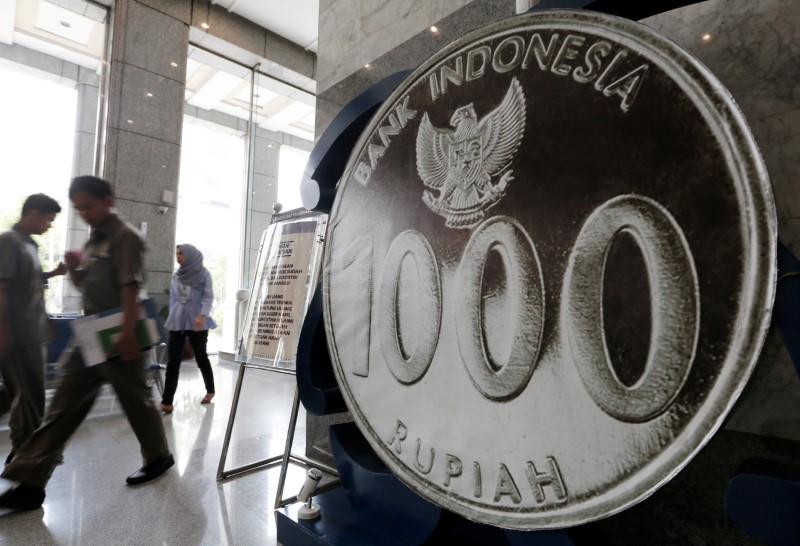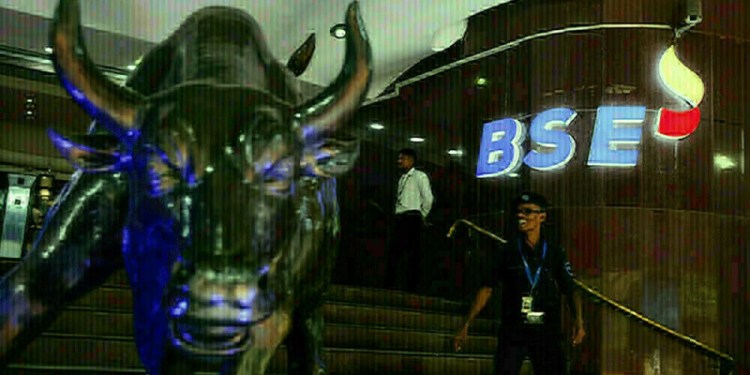 © Reuters. People walk past a mock one thousand Rupiah coin on display at Bank Indonesia’s headquarters in Jakarta
© Reuters. People walk past a mock one thousand Rupiah coin on display at Bank Indonesia’s headquarters in JakartaJAKARTA (Reuters) – Indonesia’s central bank, due to make a policy decision shortly after a Federal Reserve meeting that’s expected to hike U.S. rates, will keep its benchmark rate unchanged on Thursday, a Reuters poll showed.
Fourteen out of fifteen analysts in the poll expected Bank Indonesia’s (BI) 7-day reverse repurchase rate
The other polled analyst predicted a 25 bp cut in the main policy rate.
Some economists say BI will eventually have to follow the Fed and hike rates to support the rupiah
But so far, inflation is in check, letting the central bank hold the key rate as it tries to help boost sluggish lending and growth. Annual credit expansion was single-digit in 2017, while tepid consumption kept the GDP growth rising to well above 5 percent.
BI cut the benchmark by a total of 200 basis points in 2016 and 2017. The last time BI increased its key rate was November 2014.
February’s annual headline inflation rate was 3.18 percent, well within BI’s target range. Price pressure is expected to remain modest as the government is seen maintaining domestic fuel prices, Gundy Cahyadi, an economist with DBS in Singapore said.
In a March 15 note, Cahyadi said that while the rupiah’s weakness is of concern, BI “is set to maintain its active presence in the market, but may delay any rate hike at this juncture.”
BI officials said the $3.9 billion drop in Indonesia’s foreign exchange reserves in February stemmed mainly from intervention in the market to prevent the rupiah from weakening too sharply.
The central bank last week reiterated its view the rupiah is undervalued and said it will continue to be in the market to smooth out volatility.
On Monday, the rupiah was trading at about 13,765 per dollar.
Fusion Media or anyone involved with Fusion Media will not accept any liability for loss or damage as a result of reliance on the information including data, quotes, charts and buy/sell signals contained within this website. Please be fully informed regarding the risks and costs associated with trading the financial markets, it is one of the riskiest investment forms possible.
Source: Investing.com




























